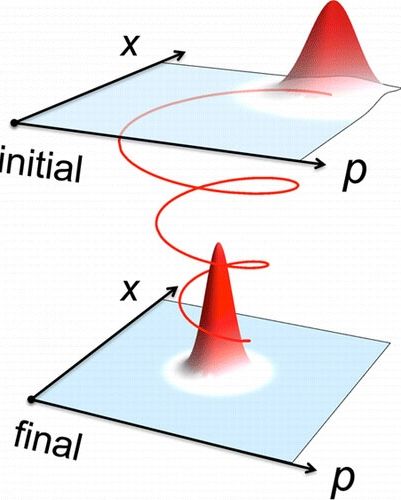May 17, 2016
How nanotechnology could detect and treat cancer
Posted by Karen Hurst in categories: biotech/medical, nanotechnology, neuroscience
The crew of the Proteus has one desperate chance to save a mans life. Shrunk to the size of a large bacterium, the submarine contains a team of scientists and physicians racing to destroy a blood clot in the brain of a Soviet defector. The group journeys through the body, evading giant white blood cells and tiny antibodies while traveling through the heart, the inner ear and the brain to reach and destroy the blockage.
Although events in the film Fantastic Voyage were far-fetched when it was released in 1966, theyre now being realized every day in labs around the world, particularly in cancer treatment. A growing field called nanotechnology is allowing researchers to manipulate molecules and structures much smaller than a single cell to enhance our ability to see, monitor and destroy cancer cells in the body.
Tens of thousands of patients have already received chemotherapy drugs delivered by nanoparticles called liposomes, and dozens of other approaches are currently in clinical trials. Within the next five to 10 years, our bodies biggest defenders may be tinier than we could have ever imagined.
Continue reading “How nanotechnology could detect and treat cancer” »


















